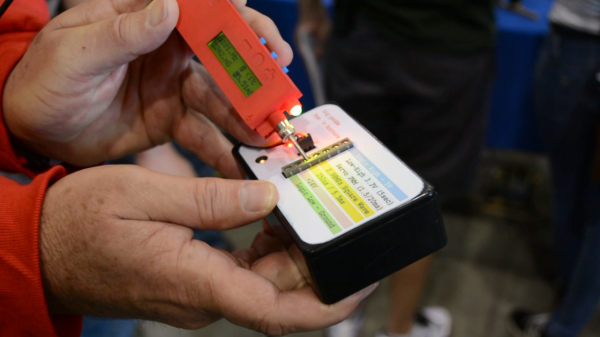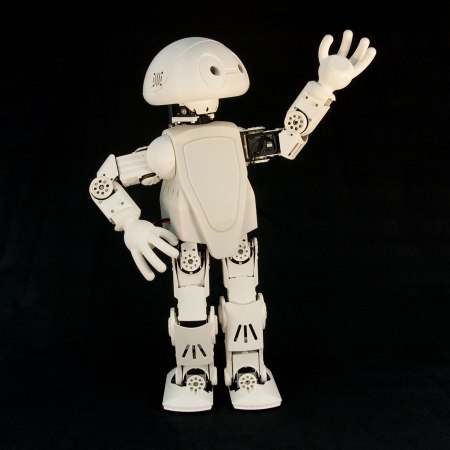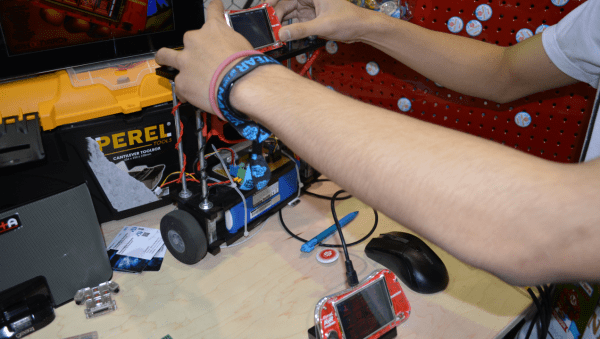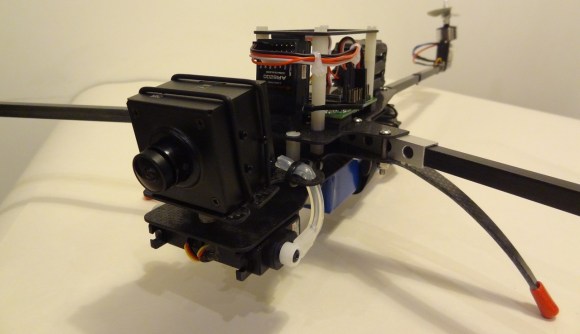E-readers are awesome, don’t get us wrong — but if you have an old one collecting dust, why not use it for something? [John] decided to hack his old Kindle to act like a thermometer!
The Kindle’s Linux OS is re-purposed to use the Freescale CPU’s internal temperature sensor as a thermometer — since it’s not doing anything most the time, it should be relatively accurate of the ambient temperature.
Unlike some of [John’s] earlier hacks, this one is completely self-contained and reversible. In fact, it’s just a few scripts that check the temperature every minute and then display it in large digits on the screen. The buttons allow you to convert units or reverse boot to the original Kindle software. It can even graph the recent temperature! It makes for a very easy to read outdoor thermometer.
And not to waste all of its hardware features, [John] also set it up to act as a web server, sending the temperature data via port 8014.
You could also take it a step further and have a full weather station, in a nice wooden frame.



















